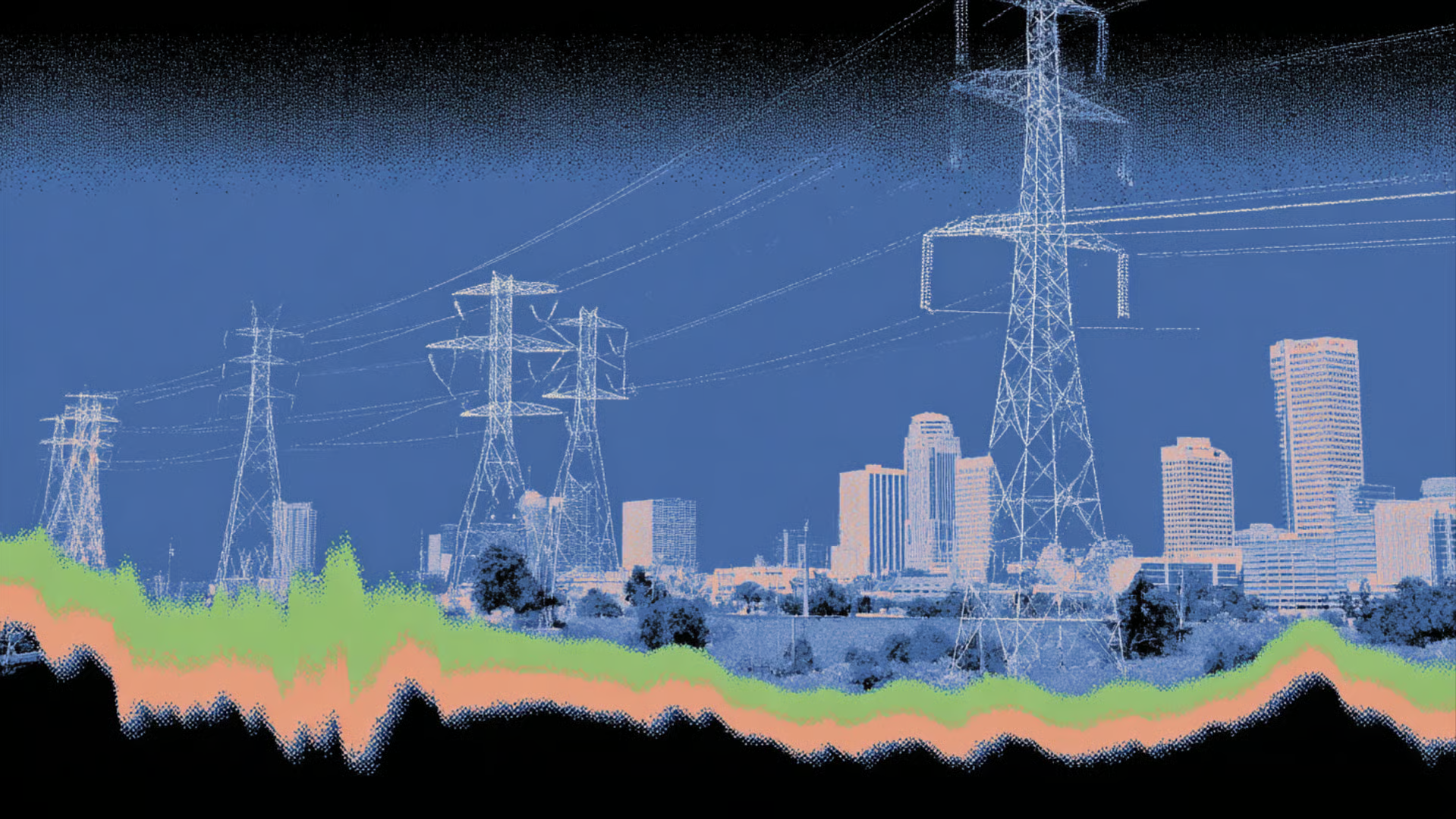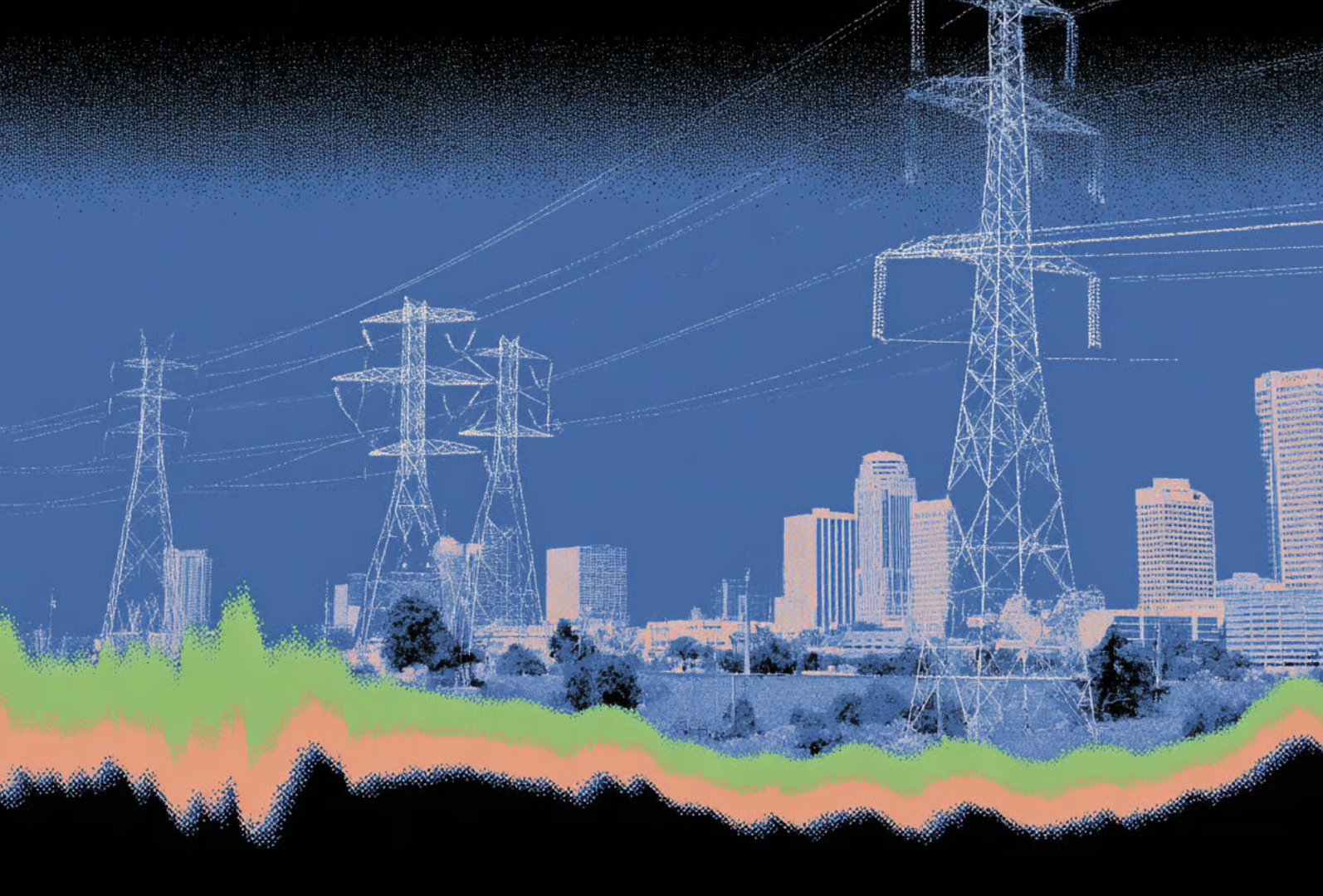AI firms continue planning astronomical AI infrastructure. But can the US power supply hack it?
Anthropic has joined the slew of AI firms investing billions in massive data centers throughout the US. On Wednesday, the company announced that it would invest $50 billion in American AI infrastructure, starting with data centers in Texas and New York, in partnership with Fluidstack.
Anthropic joins OpenAI, Nvidia, Oracle, Softbank and more in the race to develop these sites and evolve its AI models. But the power demands of these data centers may exceed the power grid’s capacity.
In a note published earlier this week, Morgan Stanley analysts warned that AI demand could leave the US with a “power shortfall totaling as much as 20%” for data centers through 2028, reaching a deficit of up to 13 gigawatts.
Though tech leaders claim that the need for compute is the biggest problem facing the evolution of AI, energy supply and grid reliability present an even greater risk. The problem is that the building and deploying of these colossal server farms is far, far outpacing utility companies’ ability to upgrade the grid, Sebastian Lombardi, chair of the energy and utilities practice at law firm Day Pitney, told The Deep View.
While the problem is currently deepest felt in “pockets” of the US that have high concentrations of data centers, it’s only a matter of time before the stress on the grid and energy demand are felt all over the country, he said, possibly resulting in issues with reliability and affordability for utility payers. The rapid pace and magnitude of these buildouts are leaving utility companies and regulators scrambling to play catch-up.
“The AI data center story has complicated things. It’s created some questions about how we are going to maintain reliability,” said Lombardi. “The amount of energy that is expected to be used to power that infrastructure is quite significant.”
Despite the issue at hand, tech firms show no signs of tempering their all-out sprint. The solution might be what Lombardi calls an “all of the above” strategy for increasing the energy supply. This means a sharper focus on renewable energy, as well as more stakeholders buying into the “renaissance” that nuclear power is having. Even moonshot ideas, such as Google’s space-based Suncatcher data centers, could be worth exploring. “We all want the lights to stay on,” said Lombardi. “We may have to get away from picking winners and losers if we're going to meet the pace and the magnitude of demand.”
However, how much help these tech companies will be in solving the problem that they're effectively causing, especially as many struggle with their net-zero goals, is still unclear.

